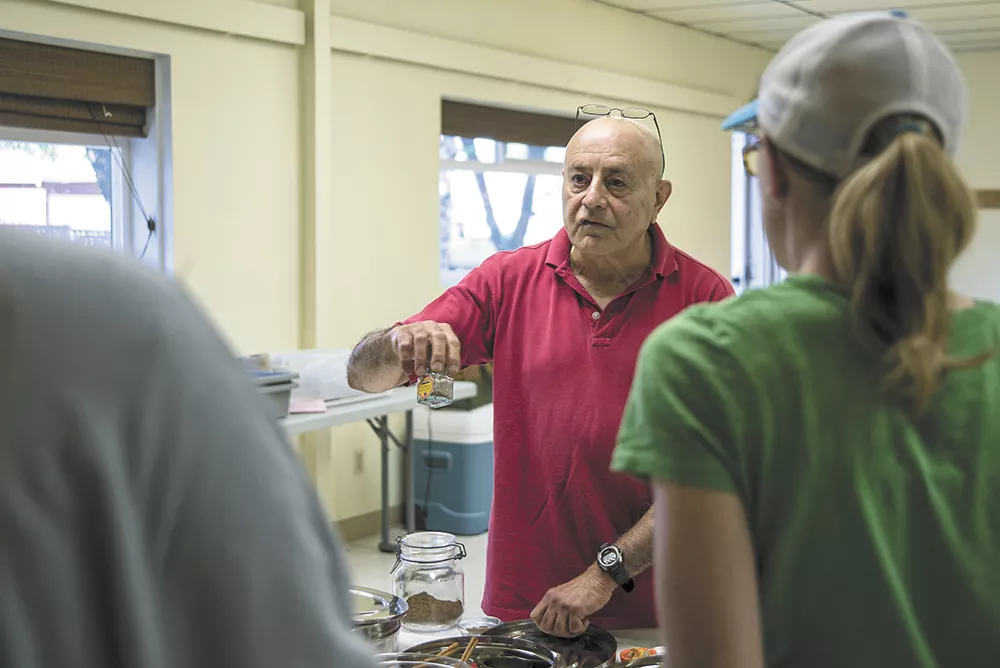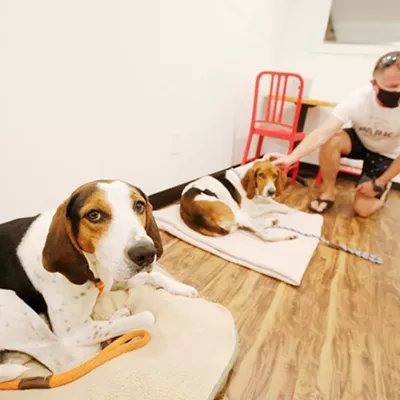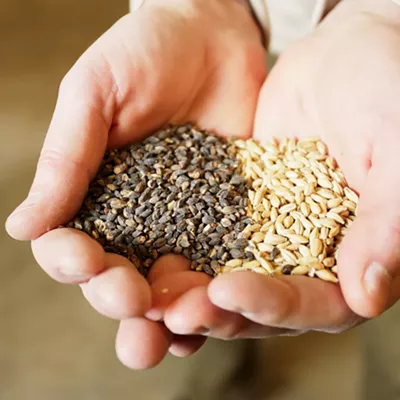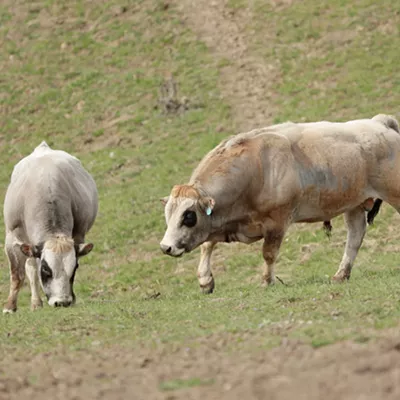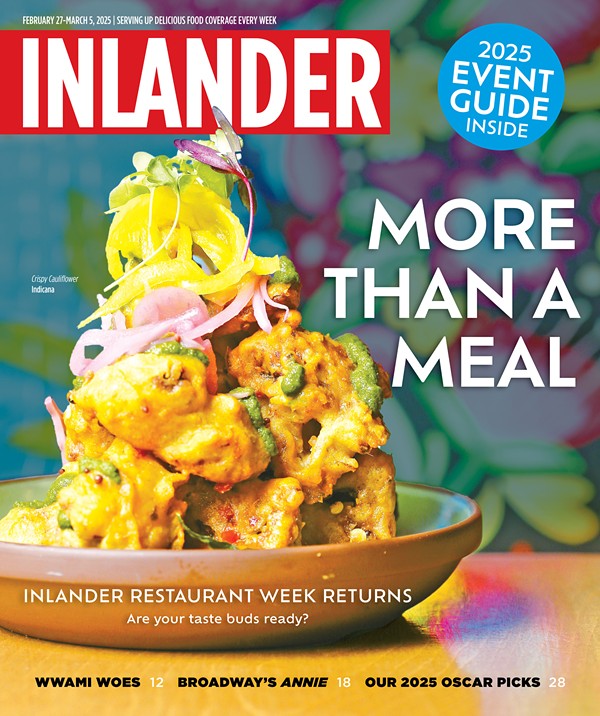Max Manjit Mohan lifts the lids of three canisters, letting the fragrance of cumin, pepper, cardamom and other spices escape into the room. He unloads smaller canisters and jars filled with whole and ground spices in vibrant orange, yellow and brown shades.
He has two rules at his first Indian cuisine cooking class: First, let's agree that we're not cooking curry. Curry is just one of an astounding number of traditional Indian dishes, he says. Don't diminish the variety by calling everything curry.
Second, never "sprinkle" spices.
"You don't sprinkle spices into food and hope Indian food comes out great," he says.
Mohan immigrated to the U.S. in his early 20s. It was the 1970s in New York, and he could eat his fill of Western-style cooking. But soon his palate grew homesick.
"When I was in India, growing up in India, I started to switch to more European- and American-style cooking and didn't want anything to do with Indian cooking," Mohan says. "But now I've come full circle, and I crave Indian cooking."
Part of coming full circle now includes introducing more people in his adopted country to the wonders of Indian cooking. Now 70, Mohan lives near Moscow, Idaho. After decades of cooking for himself, he's grown more attached to his native cuisine — its flavor, its de-emphasis of meat, its natural medicinal qualities. And he thinks it's time that more people understood how to combine Indian spices with the variety of beans, lentils and vegetables that grow on the Palouse. But the techniques and recipes can be intimidating, especially in a place without an abundance of Indian restaurants. We live in an Indian food desert, he says.
He started Tilli's Kitchen, named after his mother, with the goal of teaching gourmet Indian cooking. He's partnered with the Moscow Food Co-op to offer monthly classes, where he talks about the culture and history that influences Indian cooking while preparing his mother's recipes.
"The goal is to demystify Indian food," Mohan says.
While the co-op offers wellness and gardening classes regularly, it hadn't hosted a cooking class in several years. Misty Amarena, the co-op's education and community outreach coordinator, researched successful programs at other food co-ops, hoping to find the right formula. She'd like to offer gourmet and budget cooking classes. First, Mohan's class needs to gain traction.
She depends on cooking instructors to set prices and participation limits and plan classes. Mohan wanted at least 10 people to join each month, but after too few signed up for a class in June, he dropped it down to a five-person minimum.
"He wanted to get one under our belt," Amarena says.
In his first class, Mohan starts with the basics: Philosophically and practically, Indian cooking is distinct but not narrow. Take a common ingredient — a blend of roasted spices called garam masala — for example.
There's more than one way to make garam masala, he says. The flavor differs between families, between regions. It adapts easily to personal preferences, because cooks can vary the balance of hot and sweet spices to get it just right. But inherited recipes also are influenced by the country's history. It's been home to Middle Eastern and European empires, one after another.
Under British control, Indian people were sent to other places as indentured laborers. They may have brought spices with them at first, but when they ran out, they had to improvise with what their new homes had to offer. During class, Mohan continues this tradition of adapting recipes to include more accessible ingredients.
Mohan's family originally comes from Sindh Province — a part of northern India now occupied by Pakistan. His mother cooked Punjabi and Mughlai cuisine, including a rich blend of Indian spices, butter (or ghee) and meat. It includes dishes like chola masala — garbanzo beans in a spicy tomato gravy served on flatbread. The beans grown widely in this region were first introduced to Indian food by Afghans. They also introduced naan, a type of flatbread, which serves as an Afghan version of a pizza crust.
"There's a lot of influence," Mohan says. "The Indians just absorb all of this." ♦
Mohan's next class is Thursday, Aug. 25, from 6 to 8 pm at the Latah County Fairgrounds Kitchen in Moscow. For more information, visit tillis-kitchen.com
THE GREAT TAAJ INDIAN CUISINE
128 W. Third | 228-3065
Located on the east end of downtown Spokane, Taaj has a full menu, but also a popular lunch buffet.
TOP OF INDIA
11114 E. Sprague | 927-0500
This Spokane Valley gem offers an authentic Indian menu in a quiet, welcoming environment ideal for enjoying kormas (try the mushroom), paneers and pakoras.
TASTE OF INDIA
3110 N. Division | 327-7313
You can do the buffet, order out or enjoy the spacious dining room of this Garland-area spot on Division.


